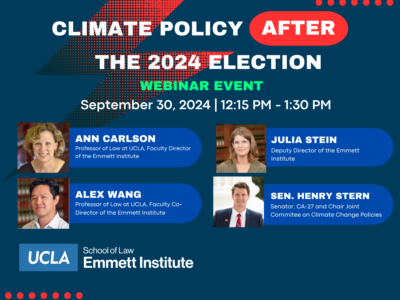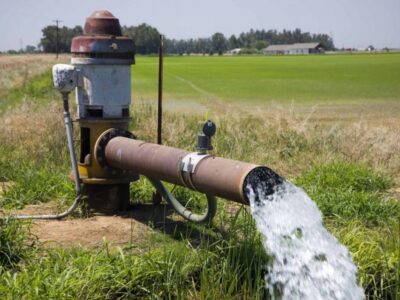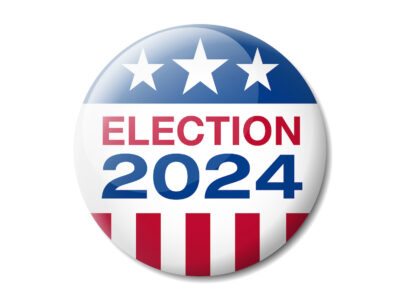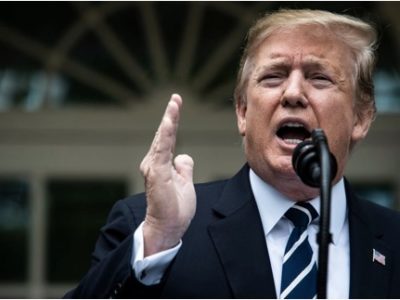Regulation
California Must Not Abandon its Climate Leadership
California’s Low Carbon Fuel Standard has been successful. CARB should update the program without undermining its fundamental features.
On November 8, the California Air Resources Board, or CARB, is slated to consider approving amendments to California’s Low Carbon Fuel Standard. The program has been so successful in replacing high carbon petroleum-based fuels with lower emissions vehicle fuels that interest groups from all sides of the political spectrum have come forward to demand radical …
Continue reading “California Must Not Abandon its Climate Leadership”
CONTINUE READINGClimate Policy After the 2024 Election
In this UCLA Emmett Institute webinar, panelists discussed the climate implications of the 2024 election from the state, national, and international perspective.
Climate certainty. Legislative action. Whipsaw regulations. An exodus of civil servants. Chinese leadership despite being the world’s largest emitter. Those are a few of the possible outcomes of the Nov. 5 presidential election, according to our panelists. More than in any previous election, the two major candidates’ track records on environmental policies are well-established and …
Continue reading “Climate Policy After the 2024 Election”
CONTINUE READINGThe Contract with America
Or, as some critics called it, “the Contract ON America.”
The Contract with America was the brainchild of Newt Gingrich. It was a turning point in American politics: moving the GOP from compromise to confrontation, nationalizing what had previously been locally oriented House races, and shifting the GOP far to the right. There’s a reason they call Gingrich the man who broke Congress.
CONTINUE READINGA New Energy Project at UCLA Law
The Emmett Clean Energy Law & Leadership project will build a bridge between the existing expertise of UCLA’s energy law scholars and policymakers.
You don’t have to look beyond the front pages of newspapers, or beyond rooftops in your neighborhood to know that we are in the midst of a clean energy revolution, with renewable energy technologies dramatically decreasing in price and increasing in availability. These technologies promise to reduce energy cost burdens for households, as well as …
Continue reading “A New Energy Project at UCLA Law”
CONTINUE READINGThe Zombie Myth of Job-Killing Regulations
Some ideas never die, no matter how much evidence piles up against them.
With the Labor Day weekend coming up, let’s talk about jobs. Some myths are like zombies in two ways. They refuse to lie down and die, not matter what you do. And if you aren’t careful, they can eat your brain. An example is the idea that environmental regulation kills jobs. Tragically, this brain worm …
Continue reading “The Zombie Myth of Job-Killing Regulations”
CONTINUE READINGCalifornia Pulls Back On Sustainable Aviation Fuels
Air Resources Board abruptly withdraws proposal to mandate low-carbon jet fuel
California regulators had an opportunity this year to be a global leader on requiring airplanes to use low-carbon jet fuel. But the Air Resources Board announced earlier this month that it will back off from its earlier proposal to require jet fuel providers to decarbonize, through the agency’s landmark low carbon fuel standard program. Why …
Continue reading “California Pulls Back On Sustainable Aviation Fuels”
CONTINUE READINGAssessing the First Decade of California’s Sustainable Groundwater Management Act
You’re Invited to “10 Years In: A SGMA Report Card”–A Conference at U.C. Davis Law School on 9/6
A decade ago, California stood out–and not in a good way–as the only Western state without comprehensive state laws monitoring and regulating groundwater pumping and use. But in 2014, following years of severe and protracted California drought, and both agricultural and urban water users compensating for depleted surface water flows by pumping groundwater in unprecedented …
Continue reading “Assessing the First Decade of California’s Sustainable Groundwater Management Act”
CONTINUE READINGIn Their Own Words: Climate Policy and the Party Platforms
The GOP and Democratic Platforms take starkly different approaches.
The two major parties have very different views about energy policy and climate change. Here are their official views, in their own language. Compare and contrast!
CONTINUE READINGThe Impoundment Gambit
Trump plans to use this unconstitutional strategy to reverse congressional priorities and gut environmental agencies.
Trump’s claim of constitutional control over spending would allow him to slash social security or environmental protection with a single stroke his pen, and there would be nothing Congress could do about it.
CONTINUE READINGSchedule F and the Future of the Regulatory State
What is Schedule F? Would it be legal? And why does it matter so much?
Trump has vowed to destroy the “deep state” and to wreak vengeance on his enemies. Something called “Schedule F” is one of the key tools he plans to use as soon as he takes office to “remove rogue bureaucrats,” and he promises to use that tool “very aggressively.”
CONTINUE READING










